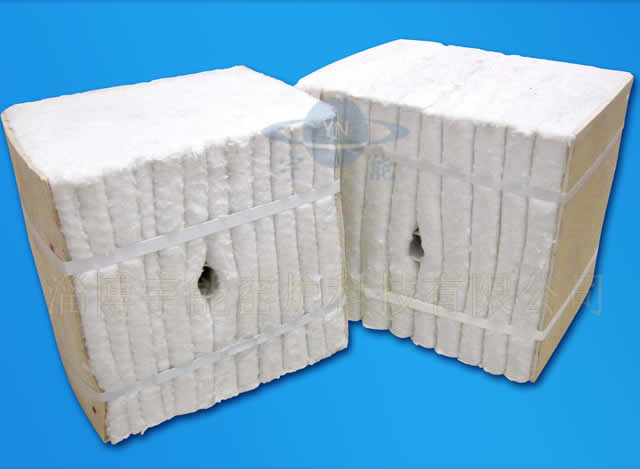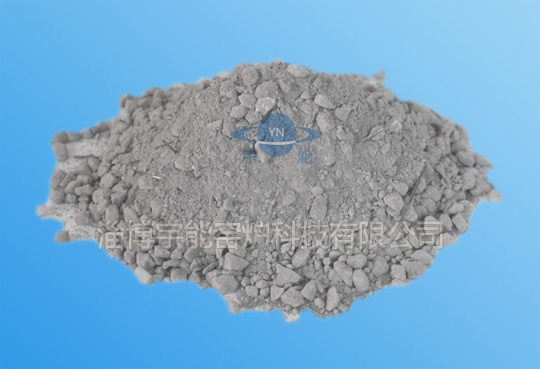Zibo Yunneng Kiln Technology Co. Ltd. Zibo Yunneng Kiln Technology Co. Ltd.
Free delivery samples
high quality assurance
Engineer's door-to-door guidance
lifelong technical support
Contact us+86159669653330086-533-5331887
Zibo Yunneng Kiln Technology Co. Ltd. Zibo Yunneng Kiln Technology Co. Ltd.
Free delivery samples
high quality assurance
Engineer's door-to-door guidance
lifelong technical support
Contact us+86159669653330086-533-5331887
Home -> News -> News -> Castable Technology ->
High-strength wear-resistance is composed of high-strength aggregate, powder mineral additive and various polymers. It has optimized wear design, minimal wear resistance, high strength, arbitrary shape control, strong integrity, simple construction and good construction performance. Due to the addition of high molecular weight polymer, the base concrete is firmly bonded. This product is inexpensive and is the preferred material for construction sites with wear resistance requirements.
High-strength wear-resistant material is a cement-based composite one-component dry powder mortar prepared from high-strength cement, mineral admixture, high-strength aggregate and anti-cracking anti-wear agent. The material can be used by adding water and stirring at the site, and the construction and the workability are good. A certain thickness of the anti-wear layer is formed on the surface of the silo or the ore tank by artificial plastering, and the technical requirements can be met after normal curing, and the wear resistance is high, and The foundation concrete (steel silo) has high bonding strength, strong impact resistance, high compressive strength, good durability and long service life. Specially used in metallurgy, coal, thermal power, chemical industry, cement and other industries, slag ditch, mine trough, unloading coal tank, hopper, silo lining anti-wear layer and water conservancy and hydropower, port terminal and other projects floodgates, unloading The anti-wear layer of the hopper acts to protect the foundation concrete (or steel silo).
First, the scope of use
1. Coal unloading ditch, coal hopper, coal storage bin, dry coal grid, dumper, slag machine, water treatment, etc. in the power generation industry.
2. Anti-corrosion ground and pump foundation in the chemical industry.
3, wear-resistant linings in the coal industry's gangue warehouse, medium barrel, scraper, bucket lifter, chute, undersize funnel, etc.
4. Blast furnace mixing bins, sintering silos, feeders, ball making machines, etc. in the steel industry.
Second, product features
1, high strength, high anti-wear, impact resistance, erosion resistance, oil resistance
2, good flame retardancy, low water absorption, high temperature resistance
3, good durability, long service life
4, simple construction, fast operation, easy to master
5, good overall, easy to repair, not easy to fall off 6, non-toxic, tasteless, green and environmentally friendly, no physical damage to the operator
Third, technical performance project unit technical index compressive strength MPa ≥ 60 wear amount Kg / m 2 ≤ 0.1 elastic modulus MPa ≥ 4.0 & times; 10 4 temperature resistance ° C ≤ 500 friction coefficient \ ≤ 0.15 construction temperature °C ≥ 5 bulk density Kg/m 3 2200~2400
Fourth, the design reference contact material particle size (mm) construction thickness (mm) coal gangue, ore & ge; 100 50 ~ 60 smaller coal, ore & ge; 50 ~ 100 40 ~ 50 small particles of coal, ore & 50; ~40 pulverized coal, mineral powder\20~30 V. Construction method
1, grassroots processing
(1) Clean the foundation surface without debris such as gravel, floating pulp, floating ash and mold release agent. If the foundation surface has loose parts, it should be removed.
(2) It is beneficial to increase the bonding strength by fully chiseling the original surface layer and increasing the surface roughness.
(3) Reinforcing mesh shall be buried in the concrete base.
2, laying plum nails, steel mesh concrete base layer drilling depth 50mm, aperture 10-12mm (Φ 6-10, & Phi; 8-12); anchoring steel bar with planting rubber, steel bar buried depth 50mm, exposed 15- 30mm (1/2 of the thickness of the anti-wear layer), the spacing between the steel bars is 250-300mm; the thickness of the anti-wear layer is less than 50mm, just bend it into the front end of the steel bar, and the thickness is greater than 50mm. It is necessary to weld the net to the top of the steel bar with a wire rod.
3. Brushing interface agent Apply water flushing before construction to clean the surface ash and fully wet the base surface. After 2 hours, use the interface treatment agent to mix with cement and sand in a ratio of 1:1:1, and then evenly apply it on the surface of the treated concrete foundation. Applying the interface agent to the extent that the touch is dry.
4. Mixing of wear-resistant materials
(1) When mixing high-strength and wear-resistant materials, the water consumption can be adjusted according to the environmental conditions and actual working conditions. Stir well and use. The mixing water should comply with the current "Standard for Concrete Mixing Water" (JGJ63).
(2) The mixing of the wear-resistant materials may be mechanical stirring or manual stirring. Mechanical stirring is recommended, and the mixing time is usually 2 to 3 minutes. When using manual mixing, add 2/3 of water for 4 minutes, then add the remaining amount to stir until the construction is easy.
(3) The mixing location should be as close as possible to the construction site to reduce the transportation distance.
(4) The amount of each agitation should be determined according to the amount of use to ensure that the material is used up within 30 minutes.
(5) During the winter construction, the mixing water of high-strength and wear-resistant materials shall comply with the relevant provisions of the current “Construction Engineering Winter Construction Regulations” (JGJ104). It is recommended to use hot water stirring at about 50 °C to make the temperature of the new mixture not lower than 15 °C. (6) The water content (generally 13-15%) consistency is suitable for construction, and the mixing position should be as close as possible to the construction site.
5. Construction of wear-resistant materials The construction of wear-resistant materials should be carried out from top to bottom from the upper part of the project, and press hard when plastering. The thickness of the plaster should be 20mm each time, and the thickest should not exceed 30mm. When the thickness of the anti-friction layer is thick, the first layer and the plaster layer continue to be plastered to the thickness of the wear-resistant layer when the initial setting state is reached. It is advisable to control from high-strength wear-resistant material to water mixing until the construction is completed within 45 minutes. Therefore, it should be ensured that the amount of mixing is matched with the construction speed.
6. Calendering According to the climatic conditions, calendering should be carried out after reaching the initial setting state for 1-2 hours. The calendering process is very important, which can reduce the roughness of the anti-wear layer and facilitate the smooth discharge. If the thickness of the construction is thick, plastic cracks are likely to occur, so the second calendering is performed after the first calendering for 1-2 hours.
7. Maintenance In the summer construction, high-strength and wear-resistant materials should be watered and cured after initial setting within 2 hours after the completion of construction. In winter construction, the plastic film should be covered immediately after construction and covered with straw bags or rock quilts. The curing period is 7 days, and the protective measures can be removed after the curing period. It is recommended that after 28 days, the anti-wear layer will reach the final strength before being put into use.
Relevant Product Display
 SL series light insulation castable
SL series light insulation castable
 Refractory fibre block | refractory fibre cotton
Refractory fibre block | refractory fibre cotton
 Refractory plastic series
Refractory plastic series
 High strength low cement explosion-proof castable GB-16
High strength low cement explosion-proof castable GB-16
Relevant information
Hotline